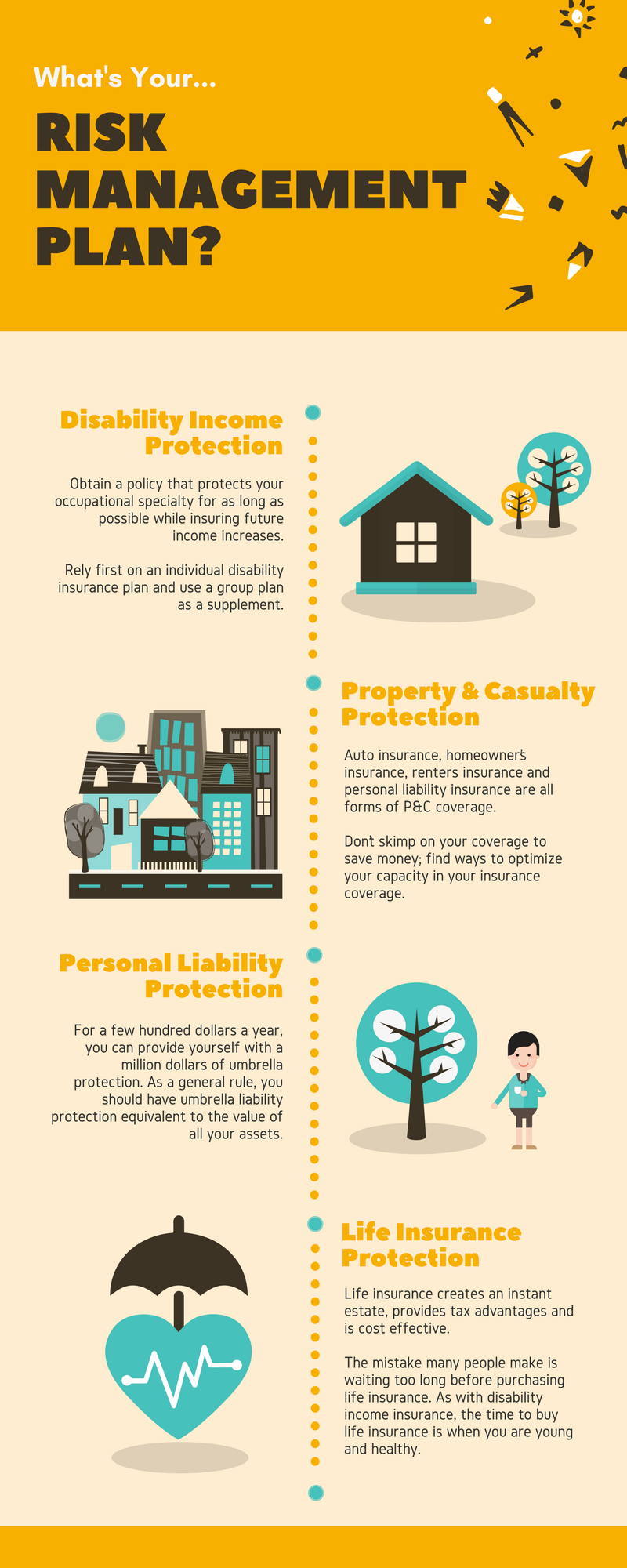As if business owners didn’t have enough to contend in managing their business and personal finances, there is one particular aspect of their financial lives that is often neglected until it’s too late, and that is the management of their estate. Yet, it is the one area of their financial picture...
So you’ve got your degree, now what?
These days, only on television is landing your dream job after graduation a thing that could actually happen. The reality is, in a recent survey of 503 - recent grads - entry-level job seekers by national career matchmaking firm GradStaf, “nearly 70 percent of...
Millennials get a bad rep. Too often does the media say that they’re lazy, unmotivated to work hard, and frivolous with their spending habits. On a weekly basis, absurd articles pop up criticizing lifestyles, going as far as saying that buying avocado toast is the reason so many can’t afford a house...
We’re all familiar with fitness fanatics, raving about life changing workouts guaranteed to get you into tip top shape. While there is a new fitness craze in the air, it’s time to exercise your wallet. Financial Fitness is a set of goals or programs to help you identify your financial goals, and how...
In the wake of hurricanes Harvey and Irma, two of the worst storms to make landfall in the U.S., the fate of thousands of homeowners is still up in the air. So, it may seem a bit trivial to point out that the storms also destroyed thousands of luxury and classic cars. While the dollar amount of...
It’s that time again - the end of a fiscal year and that means tax season is just around the corner. With each passing filing it seems as though young professionals are turning their backs on financial professionals such as accountants, investors, and advisors, and turning to the technological...

*This content is developed from sources believed to be providing accurate information. The information provided is not written or intended as tax or legal advice and may not be relied on for purposes of avoiding any Federal tax penalties. Individuals are encouraged to seek advice from their own...
Universal life insurance was launched in the early 1980’s at a time when interest rates were historically high and its forebear, whole life insurance couldn’t satisfy consumer appetites for high returns that were available in bank CDs and money market accounts. Universal life offered an alternative means to purchase a permanent form of life insurance that also provided flexibi
When universal life insurance debuted in 1982, it quickly became a popular alternative to whole life insurance policies which had been losing favor due to its low yields, high premiums and nontransparent structure. In the high interest rate environment of the 80’s, consumers were looking for competitive rates on their money and more flexibility in the way they could structure their
The current economic environment has caused most everyone to reconsider their personal finances with many people having to drastically change their spending and savings habits. Out of this economic malaise may come an opportunity to finally instill the right habits in your teens that can carry them into adulthood on the right financial footing.











